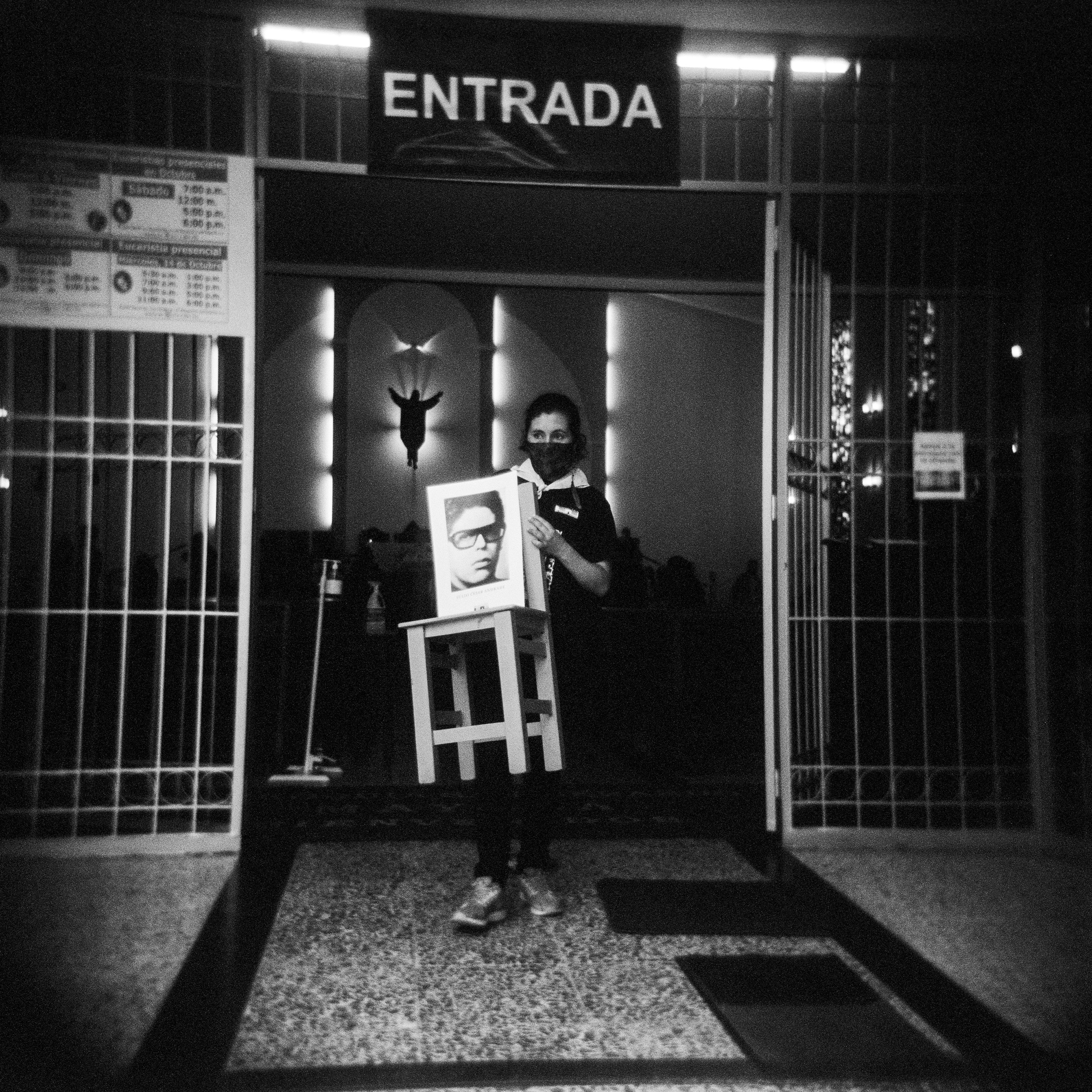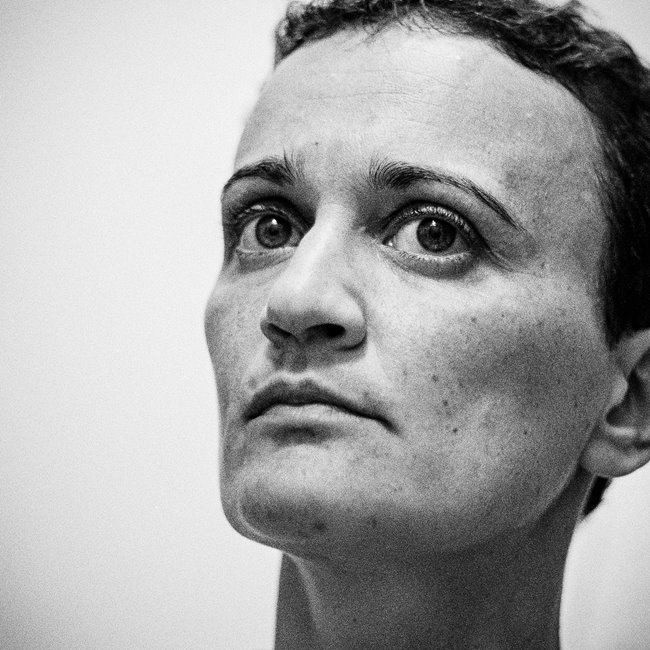Elizabeth López Suspes, the niece of David Suspes Celis – a chef forcibly disappeared in 1985, during the siege of the Palace of Justice in Bogotá – leaves the San Gerardo Mayela Parish in Bogotá, after a mass given in memory of the disappeared. She carries a chair depicting Julio César Andrade, an auxiliary magistrate of the Supreme Court, who also disappeared during the siege. The Palace of Justice siege was one of the deadliest events of Colombia’s internal conflict. In November 1985, members of the 19th of April Movement (M-19) took over the Palace of Justice in Bogotá, taking hundreds of people hostage, including all 25 of the Supreme Court justices. Security forces stormed and retook the palace, in an operation that left up to 100 people dead, including many justices. Eleven survivors were taken away by security forces and never seen again.
Around 100,000 people have been forcibly disappeared in Colombia over the past 60 years, according to figures released by the Colombian Attorney-General. Most of them are still missing today. The perpetrators of these forced disappearances come from all armed agents involved in Colombia’s internal conflict. The spectrum of armed actors includes guerrillas of the Revolutionary Armed Forces of Colombia (FARC), the largest guerrilla group in the country until the signature of a peace agreement in 2016; state security forces; paramilitary groups; and illegal groups involved in illicit trade, along with other criminal groups, who use it as a method of silencing opposition. In most documented cases, it is not clear who the alleged perpetrator was, or why a person disappeared. According to the Colombian National Center for Historical Memory (CNMH), most of those forcibly disappeared during the years of internal conflict were civilians caught up in the fighting. Forced disappearance has also become a strategy of social control. Targets are frequently human rights defenders, relatives of victims, witnesses, social leaders, members of opposition political parties, protesters, and legal counsel dealing with cases of forced disappearances. Most of the disappeared are thought to end up in anonymous graves, but bodies have also been disposed of in rivers, or in the ovens of crematoria or sugar mills.
This nine-year project is a visual tribute to absence. It documents the lives of families hoping for their loved ones to return, and work carried out under ’Plan Cementerio’ – a national program to exhume and identify remains of the thousands of disappeared who remain in unregistered graves during the years of armed conflict, and to return their remains to their relatives. After years of photographing and investigating the crime of forced disappearance in Colombia, the photographer feels that Colombia’s post-conflict stage cannot prosper without uncovering what happened to the thousands of people that are still missing, and proving accountability.

